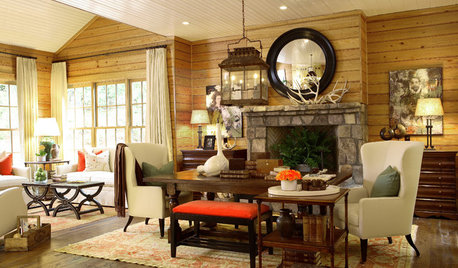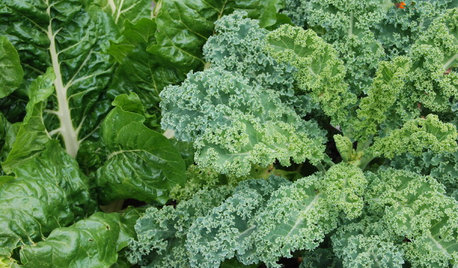Question to Al and others about two cold winter storage condition
ottawan_z5a
13 years ago
Related Stories

ORGANIZINGPre-Storage Checklist: 10 Questions to Ask Yourself Before You Store
Wait, stop. Do you really need to keep that item you’re about to put into storage?
Full Story
DECORATING GUIDESRooms We Love: A Mountain Retreat Made for Cold Winter Nights
Ample linen and Ushak carpets put a contemporary twist on cozy Appalachian style in a North Carolina show house
Full Story
MOST POPULAR8 Questions to Ask Yourself Before Meeting With Your Designer
Thinking in advance about how you use your space will get your first design consultation off to its best start
Full Story
WINTER GARDENINGExtend Your Growing Season With a Cold Frame in the Garden
If the sun's shining, it might be time to sow seeds under glass to transplant or harvest
Full Story
KITCHEN DESIGN9 Questions to Ask When Planning a Kitchen Pantry
Avoid blunders and get the storage space and layout you need by asking these questions before you begin
Full Story
FALL GARDENINGFrost-Hardy Foliage That Loves a Cold-Climate Garden
When winter cuts a bleak swath through other plants, these edibles and perennials flourish brilliantly
Full Story
ARCHITECTURE15 Smart Design Choices for Cold Climates
Keep your home safe and comfortable in winter by choosing the right home features and systems
Full Story
REMODELING GUIDESConsidering a Fixer-Upper? 15 Questions to Ask First
Learn about the hidden costs and treasures of older homes to avoid budget surprises and accidentally tossing valuable features
Full Story
GREEN BUILDINGConsidering Concrete Floors? 3 Green-Minded Questions to Ask
Learn what’s in your concrete and about sustainability to make a healthy choice for your home and the earth
Full Story
MOST POPULARWhat to Know About Adding a Deck
Want to increase your living space outside? Learn the requirements, costs and other considerations for building a deck
Full StoryMore Discussions






tapla (mid-Michigan, USDA z5b-6a)
ottawan_z5aOriginal Author
Related Professionals
Danbury Landscape Architects & Landscape Designers · Cottonwood Landscape Architects & Landscape Designers · Jennings Landscape Architects & Landscape Designers · Billerica Landscape Contractors · Biloxi Landscape Contractors · Kearns Decks, Patios & Outdoor Enclosures · South Miami Heights Decks, Patios & Outdoor Enclosures · Bethesda Fence Contractors · Claremont Fence Contractors · Grandview Fence Contractors · Kirkland Fence Contractors · Naperville Fence Contractors · Norwalk Fence Contractors · Sandy Springs Fence Contractors · Archdale Stone, Pavers & Concretedieseler
ottawan_z5aOriginal Author
dieseler
foolishpleasure
dieseler
foolishpleasure
tapla (mid-Michigan, USDA z5b-6a)
dieseler
sergnic